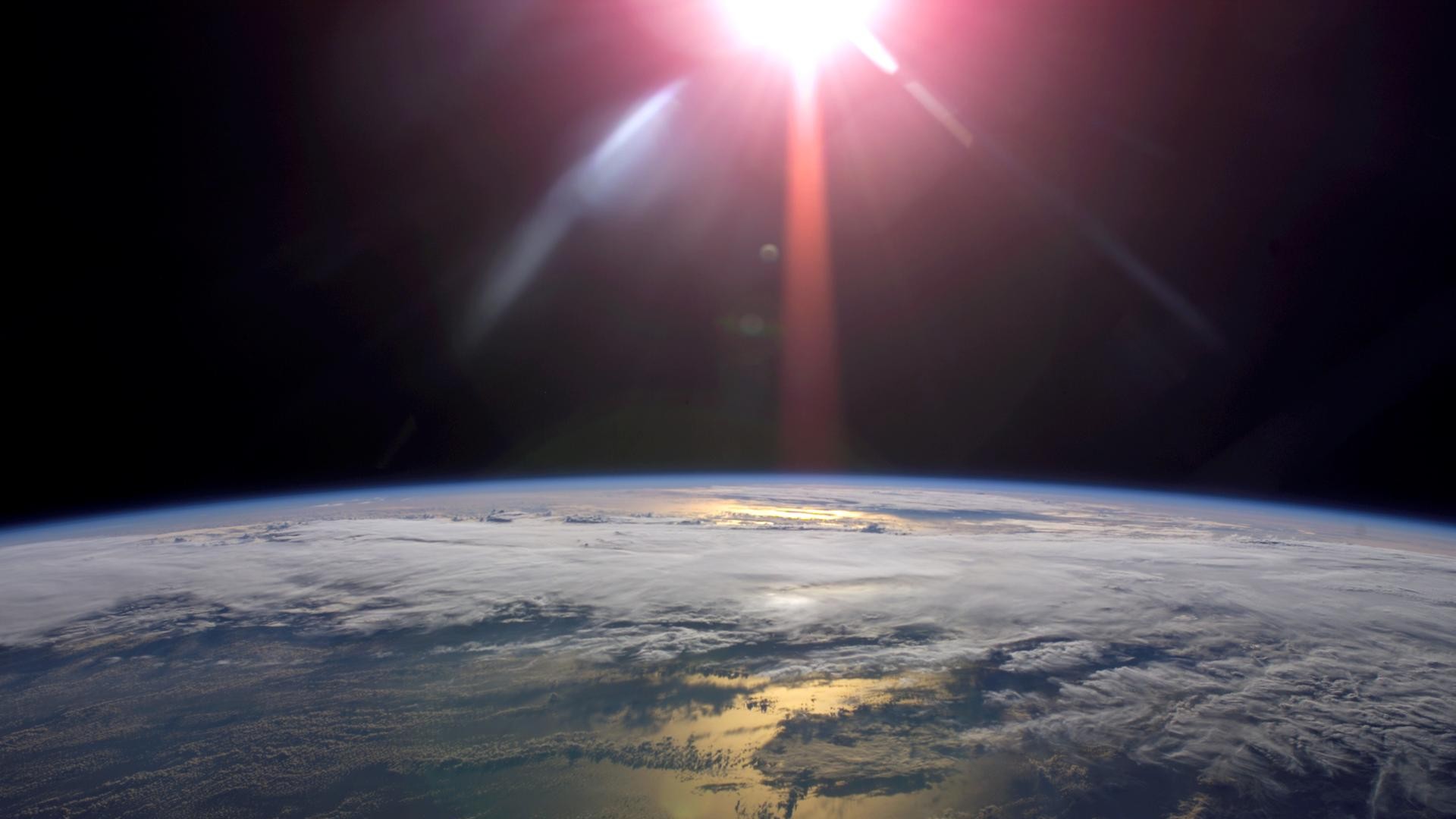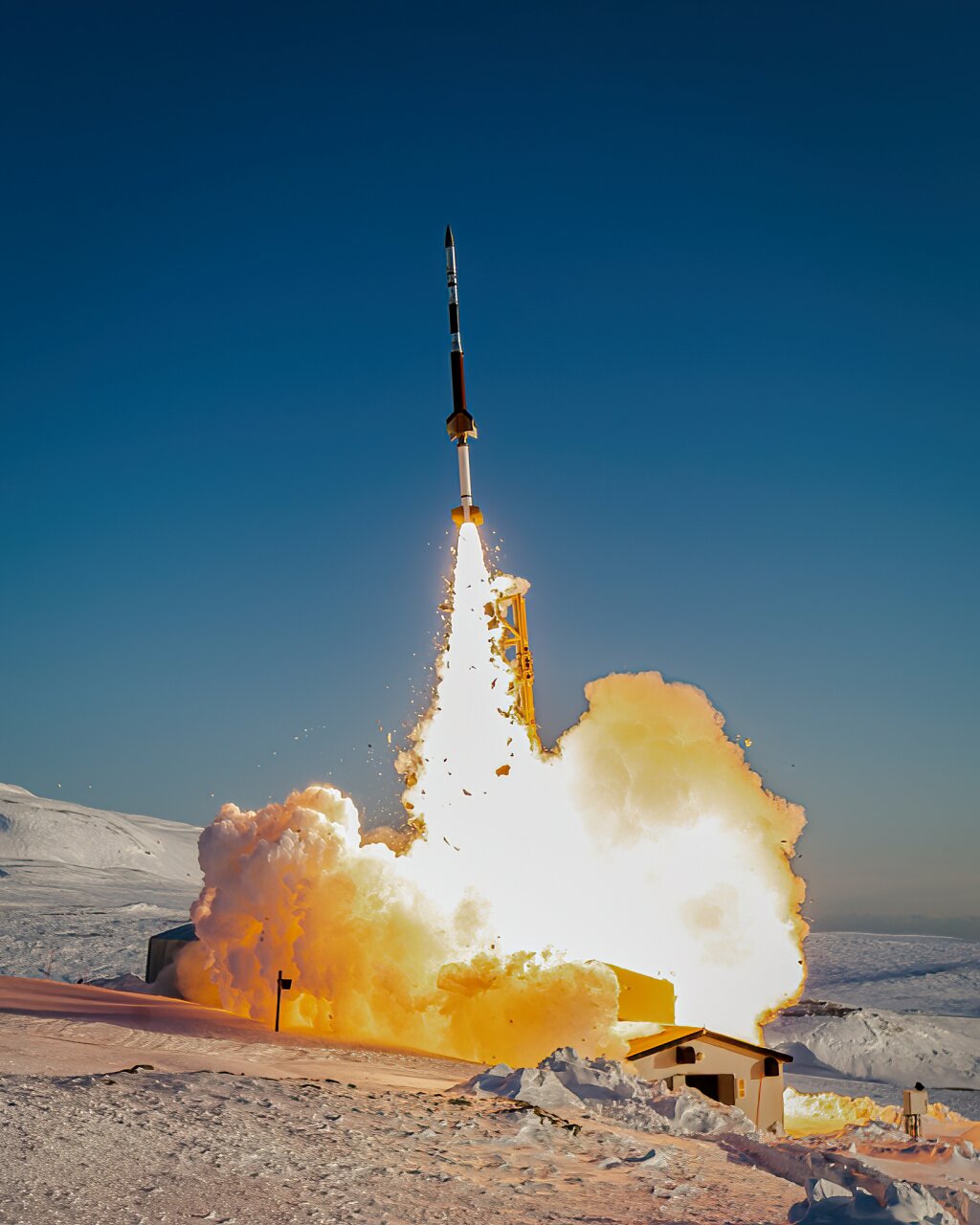
NASA has detected a planet-wide electric field surrounding Earth for the first time ever.
The field, known as the ambipolar electric field, was discovered by NASA's suborbital Endurance rocket more than 60 years after it was first hypothesized, and is thought to be as fundamental to our planet as its better known magnetic and gravitational fields.
By studying it, scientists hope to get a better understanding of how our planet's atmosphere evolved and how it behaves today. The researchers published their findings Aug. 28 in the journal Nature.
"Any planet with an atmosphere should have an ambipolar field," study lead author Glyn Collinson, principal investigator of the Endurance mission at NASA's Goddard Space Flight Center in Greenbelt, Maryland, said in a statement. "Now that we've finally measured it, we can begin learning how it's shaped our planet as well as others over time."
In a layer of Earth’s atmosphere known as the ionosphere (located between 37 to 190 miles (60 to 300 kilometers) above the Earth's surface), ultraviolet radiation from the sun bombards atoms, stripping them of electrons to transform them into ions. In theory, this should create a slight electric field around our planet, as well as others like it.
Hints of the electric field's existence were first detected in 1968 by spacecraft flying over our planet's North and South Poles. They came in the form of a "polar wind," or a stream of particles that were streaming from Earth's atmosphere into space.
Some of Earth's atmosphere is expected to escape into space, especially after it's heated by sunlight. But the polar wind was altogether more mysterious; the particles in it were cold, meaning they had not been heated up, but were somehow still moving at speeds that broke the sound barrier.

"Something had to be drawing these particles out of the atmosphere," Collinson said. Yet detecting a possible electric field proved difficult — the field was very weak, with detectable fluctuations only taking place over distances of hundreds of miles.
To investigate the origins of the polar wind, the researchers launched the Endurance rocket from a rocket range in Svalbard near the North Pole, sending it to an altitude of 477.23 miles (768.03 km) above the ground before it splash-landed in the Greenland Sea 19 minutes later.
Over the 322 mile (518 km) range across which Endurance collected data, it detected a miniscule 0.55 volt change, about the strength of a watch battery. Nonetheless, this voltage difference pushes hydrogen ions, the most abundant particles in the solar wind, with a force 10.6 times stronger than gravity.
"That's more than enough to counter gravity — in fact, it's enough to launch [atmospheric particles] upwards into space at supersonic speeds," co-author Alex Glocer, Endurance project scientist at NASA Goddard, said in the statement.
"It's like this conveyor belt, lifting the atmosphere up into space," Collinson added.
Now that the field has been detected, the scientists say that studying the field should help us learn how it changed Earth's atmosphere across our planet's lifetime. They also expect to find similar electric fields in the atmospheres of planets such as Venus and Mars.





!["[T]he First and Fifth Amendments Require ICE to Provide Information About the Whereabouts of a Detained Person"](https://images.inkl.com/s3/publisher/cover/212/reason-cover.png?w=600)

